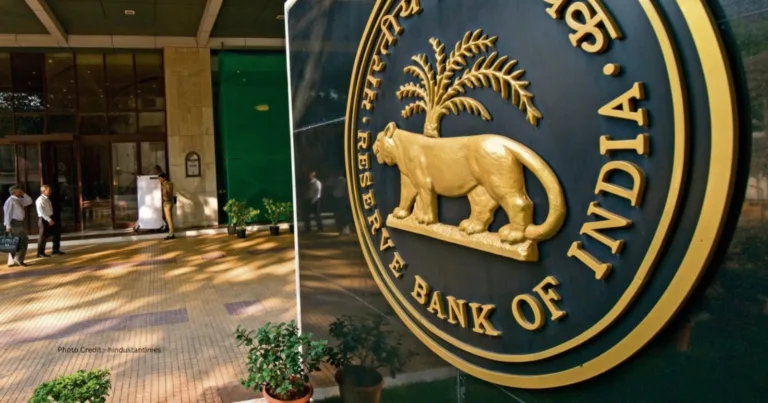Gold Frenzy Fuels India’s Trade Deficit to Record-Breaking Levels 23%
Introduction
India is currently grappling with a significant economic challenge, as the trade deficit skyrockets to unprecedented levels. The by msci now 95% surge in Gold Imports has propelled India’s trade deficit in October to a staggering record high of more than $31 billion. This alarming figure is 18% higher compared to the same period last year, with overall imports witnessing an 11% surge, hitting a 15-month high. In this article, we’ll dissect the intricacies of this economic phenomenon, shedding light on its causes, repercussions, and potential solutions.
The Gold Alarming Numbers: Analyzing the Trade Data

The trade deficit for October stands at a historic high of 31.4659, focusing solely on goods and excluding services from the calculation. This represents a 20% increase from the previous year and a staggering 62% surge from September. To put this into perspective, the deficit has grown by $12 billion compared to September, with gold and oil accounting for only $3 billion each. This signals a broader issue beyond the impact of high oil or gold imports.
Understanding the Drivers of Increased Imports

The surge in imports can be attributed to India’s robust overall economic growth. Various sectors, including machinery, chemicals, and ores, have witnessed significant expansion, leading to heightened import demands. While a surge in imports would be acceptable if matched by a corresponding increase in exports, the reality paints a different picture.
Export Woes: Destination Countries Lagging Behind
Despite India’s domestic strength, the destination countries for its exports seem less robust. Exports, totaling $33 billion, are $1 billion less than September figures. This discrepancy raises concerns about the strength of India’s major trading partners and the overall global economic landscape.
Services Sector Slowdown: Impact on Trade Balance

For the past three years, India has relied on a robust services sector to balance its trade deficit. However, the slowdown is evident as services exports in October amount to $28.7 billion, a billion less than in September. This slowdown in services is a significant factor contributing to the widening trade deficit.
Rupee’s Rollercoaster: Reflecting Economic Realities
The announcement of these concerning trade numbers had an immediate impact on the Indian rupee. Initially strengthening due to a weak dollar index and falling US yields, the rupee took a sharp downturn post the trade data release. This indicates that the market perceives the trade deficit as a genuine cause for worry.
The Broader Economic Context: Crude Reality

A closer examination of the deficit, considering services surplus, reveals a net deficit of $17 billion per month. While India faced deficits of $20 billion in July and August last year, those were times when crude oil prices were at $110. Presently, with crude hovering around $90 million, such a substantial deficit raises concerns about the sustainability of India’s economic trajectory.
Near-Term Challenges: FII Exodus and Overall Deficit

Adding to the complexity is the concurrent trend of foreign institutional investors (FIIs) selling out of Indian equities. This poses a near-term challenge in filling the deficit gap. If this $30 billion trade deficit and a $7 billion overall deficit become a recurring theme, India could face immediate economic hurdles.
Conclusion

In conclusion, the by msci now 95% surge in Gold Imports has triggered a record trade deficit for India. While some aspects of the deficit are explainable by the growth in certain sectors, the overall trade imbalance raises legitimate concerns. As India navigates through near-term challenges, a careful and strategic approach is needed to stabilize the economy.
Six Frequently Asked Questions:
What is causing the surge in India’s trade deficit?
The surge in India’s trade deficit is primarily driven by a 95% increase in gold imports and a robust growth in various sectors, including machinery, chemicals, and ores.
Why is the slowdown in the services sector concerning?
The slowdown in the services sector is concerning as it has been a consistent contributor to balancing India’s trade deficit. A billion-dollar drop in services exports in October reflects a broader economic slowdown.
How is the rupee reacting to the trade deficit?
The Indian rupee initially strengthened due to a weak dollar index and falling US yields but weakened sharply after the announcement of the record trade deficit, reflecting market concerns.
Why is the current deficit worrisome compared to previous years?
The current deficit is worrisome because, even with crude prices lower than previous years, the deficit is substantial. If this trend continues, sustaining a deficit of $30 billion monthly could pose significant economic challenges.
What role do destination countries play in India’s trade imbalance?
Despite India’s economic strength, destination countries for its exports seem weaker, as exports are $1 billion less than in September. This raises questions about the global economic landscape.
How does the FII exodus contribute to the economic challenges?
The concurrent trend of foreign institutional investors selling out of Indian equities adds to the economic challenges, creating a near-term problem in filling the deficit gap.
Conclusion: In conclusion, India faces a critical juncture with a record trade deficit. Understanding the factors contributing to this imbalance is crucial for devising strategic solutions and steering the economy toward stability.







